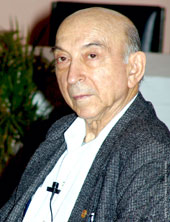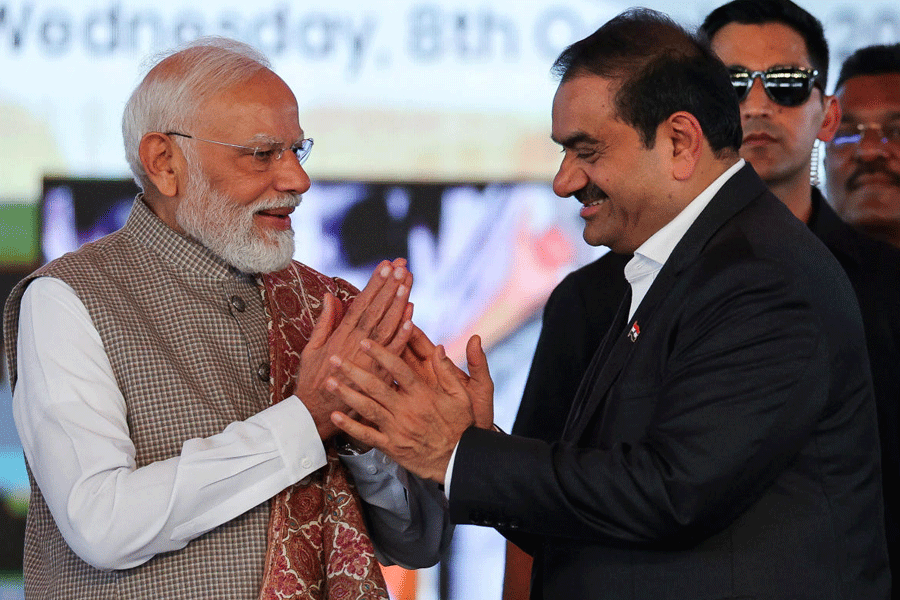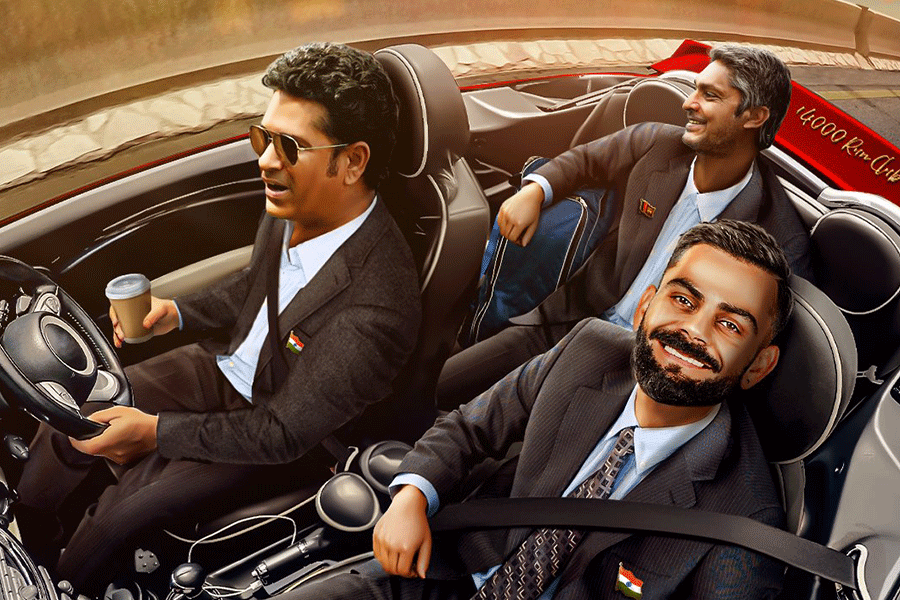 |
| ICONOCLAST: Prof. Zadeh at the Indian Statistical Institute, Calcutta. |
It is rare for people at my age to be interested in science and also make a contribution to it,” remarks Prof. Lotfi Zadeh. He has just presented a paper called “Generalised Theory of Uncertainty”, which, if accepted, will enhance probability theory. And he is just 85. Age has never been a barrier for this engineer turned mathematician ? only staid ways of solving problems are. Zadeh believes that when one lives in the real world, one always should construct mathematical models that solve real problems rather than abstract ones. His fuzzy logic bears testimony to this belief.
In 1965, Zadeh had presented a paper on “fuzzy sets” which marked the beginning of a new direction for a qualitative approach to analyse complex systems using linguistic variables deployed to describe system behaviour and performance. Says Zadeh, “In the 1960s, traditional logic categorised all information as black or white, true or false. But they forgot that there is some information that lies in between that is grey; something which is partly true and partly false and yet cannot be ignored. Fuzzy sets attempted to explain this grey matter.” According to Zadeh, the fuzzy model was built on the assumption that there are varying degrees of everything under this sun and a model must be capable of handling this kind of imprecise information.
Delayed acceptance
And the first who took to this logic were the Japanese. Remarks Zadeh, “My paper was published in 1965 and by 1968, the Japanese had started writing papers on it. The West was sceptical of my model and so it took them longer to imagine its various applications.” In the 1980s, Japan was the first country to use fuzzy logic in camcorders, elevators, cameras and even toasters. It was only in the late 1980s that US companies like Ford used fuzzy logic in their car factories. To a mathematician, fuzzy logic is a set of complex equations but Zadeh is perfectly capable of making it simple for the novice too. “Imagine you are in an elevator of a 25-storeyed tower. You may have just stepped into the elevator and minutes later you find yourself on the top floor. The elevator is so quiet you wonder whether it is moving at all. That is fuzzy logic.”
Despite all these myriad applications, Zadeh had first assumed that fuzzy logic would find takers in the field of social sciences. “I had imagined that socsocial sciences like psychology, philosophy and political sciences would apply this model, but this was not to be. Probably, it required a certain mathematical background and so engineers have been its primary users,” he states in a matter of fact tone. But Zadeh also became a mathematician; he was not one.
Born in Baku, Azerbaijan, in 1921, he acquired in Teheran and at the Massachusetts Institute of Technology his Bachelors and Masters degrees, respectively, Zadeh earned his Ph.D. from Columbia University. In 1959, he joined the department of electrical engineering at the University of California, Berkeley. In his growing years in Russia, Zadeh had always admired mathematicians like Andrei Komogorov who had dedicated their entire life to the pursuit of science. Plus his realisation that classical mathematics was getting too outmoded to solve real-life problems drove him to find solutions that did not define a boundary. But there are more theories to Zadeh than fuzzy logic alone.
In 1973, Zadeh introduced the concept of a linguistic variable and initiated a calculus of fuzzy ‘if-then’ rules, which have resulted in a huge literature on this subject. In 1978, he paved the way for possibility theory for dealing with uncertainty. And in 1979, he introduced the theory of approximate reasoning, now extensively used for purposes of inference and deduction from imprecise information. In 1986, he initiated the concept of a generalised constraint to represent the meaning of a proposition drawn from a natural language. In 1999, Zadeh introduced Computing with Words and in 2001, in his paper “A New Direction to AI ? Towards a Computational Theory of Perceptions”, he proposed equating a perception to its description in natural language.
Ask him what makes him so consistent in discovering newer ways to solve problems and he says, “ I think, because I was an engineer by training and a mathematician by choice, so I could attempt finding models usable in our world.”
Eyeing global co-operation
Currently he is the director of the Soft Computing Initiative at the University of California, Berkeley ? again a concept that he believes has immense potential for global co-operation. He is tuned to the rapid progress both India and China are making in this field and proudly claims, “ The top students in Berkeley are all Indians.” But he laments that the youth of today works more for money than out of passion and has role models like actors, businessmen and athletes but no scientists. He has been a consultant to a dozen global companies, but continues to teach and discover newer theories as his Russian science role models once did.
When he is not building models, he loves photography and his specialty is portraits. Zadeh has captured some of famous people, including Richard Nixon, in his lens over the years. Another passion that he likes to indulge is hi-fi music systems. He says his living room in the US boasts of 28 music speakers. And they are big. But the future belongs to small and intelligent systems, feels Zadeh. A winner of so many awards and recipient of honourary doctorate degrees from over 14 universities, how does Zadeh feel about all the recognition? “I feel no different at all,” he says.











